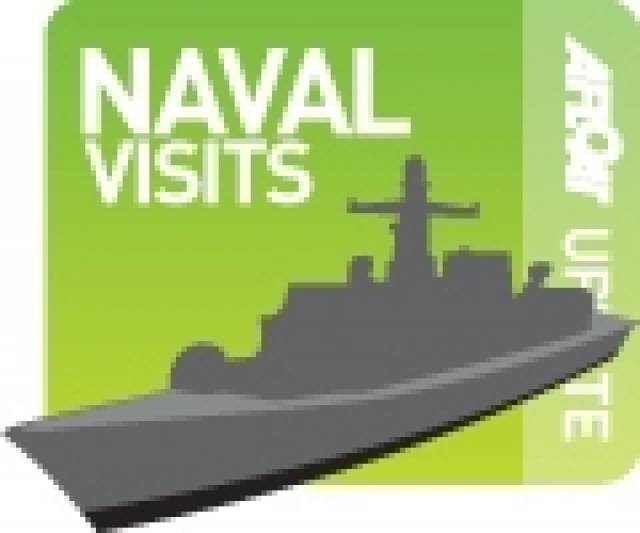#NavalVisits – This weekend Dun Laoghaire Marina is host again to the same pair of Royal Navy 'Archer'-P2000 class training patrol boats that had called earlier this month, writes Jehan Ashmore.
As previously reported the Cardiff based pair HMS HMS Express (P163) and HMS Exploit (P167) with a crew of five each, are used to support the University Royal Naval Units (URNU). It transpires that on the last deployment, the pair did not reach Cork Harbour due to bad weather, however the boats called to Waterford instead.
Each of the 54 tonnes boats can carry university cadets where they train at weekends and during fortnightly deployment trips which can include trips to foreign shores.
The cadets perform a variety of tasks among them fire and flood exercises and navigational skills which also involves use of the flying bridge with its greater visibility.
Such a feature is also paramount particularly for SAR duties of the RNLI lifeboats, where two lifeboats of the service were berthed nearby of the P2000 craft. Also berthed in close proximity was the Irish Revenue Commissioners 23m cutter RCC Faire, a Finnish built 71 tonnes craft which transited Dalkey Sound last Friday.
In addition the largest vessel berthed in the 820-berth marina is the 26m excursion vessel St. Bridget, operated by Dublin Bay Cruises. The 100 passenger vessel is due to start a new service this month running between the harbour's East Pier and Howth Harbour.
Finally, moored alongside the inner berths closer to the shoreline were the research vessels RV Keary belonging to the Geological Survey of Ireland and fleetmate Cosantóir Bradán, which had served a career with Inland Fisheries Ireland.
































































